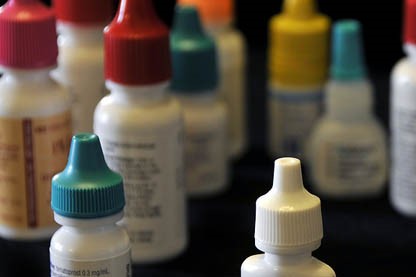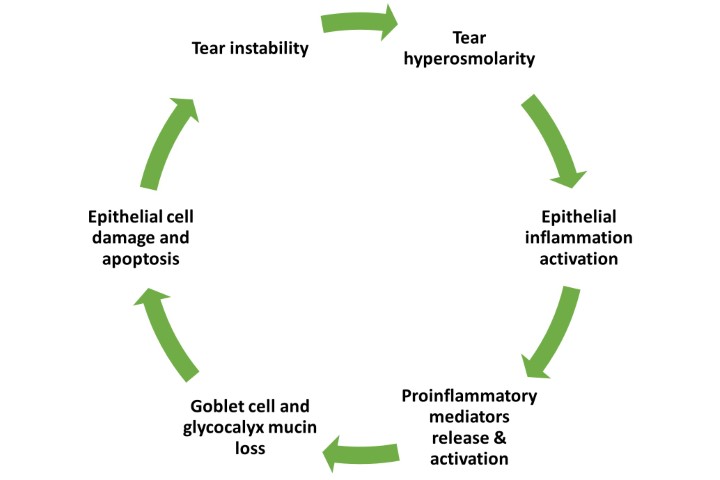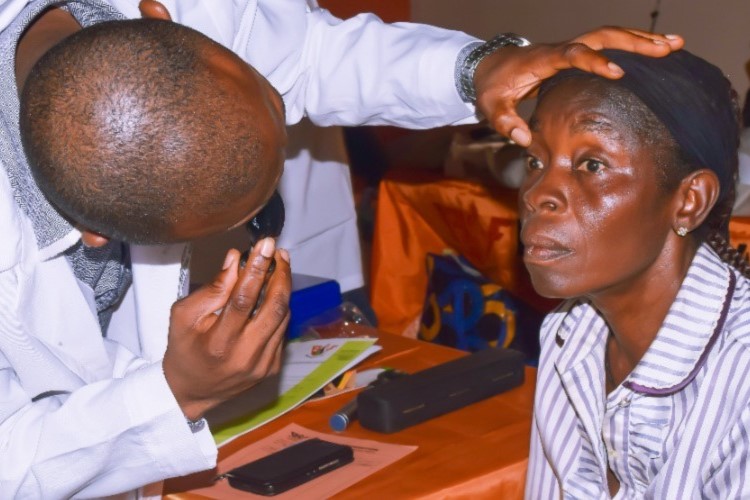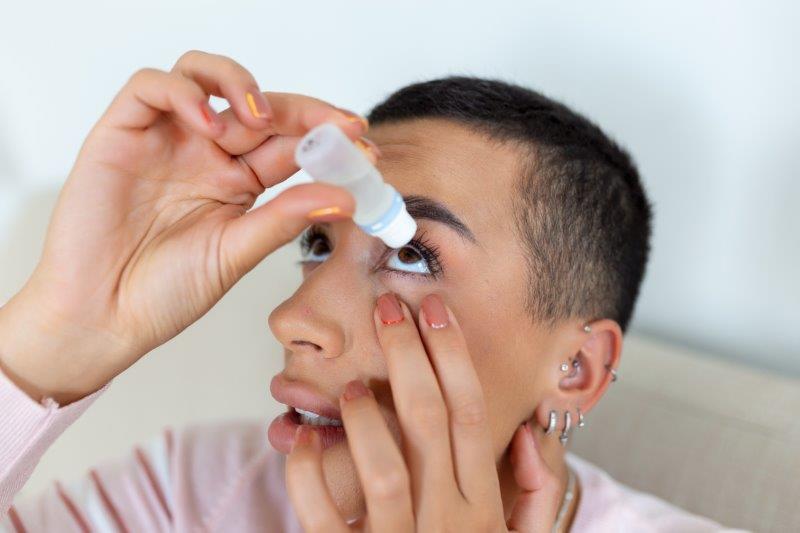Compounded eye drops scare
Patient complaints over compounded atropine eye drops are on the rise in New South Wales, with one patient lodging a grievance with the Australian Health Practitioner Regulation Agency (AHPRA) after becoming aware the formulation was not sterile.
The Pharmacy Council of New South Wales, which manages pharmacy-related complaints about the conduct, performance and health of the state’s registered practitioners and students, reported the increase in complaint numbers and highlighted two cases in particular. The first involved a patient submitting a complaint to AHPRA complaining of blurred vision, dilated pupils, light sensitivity and eye pain. The symptoms occurred the morning after using one dose of a newly prescribed, low-dose atropine 0.02% eye drops that had been compounded at a local pharmacy, the council said. The patient’s specialist advised them to stop using the drops immediately, but the patient’s dilated pupils and headaches remained for several days. Discussing the symptoms with other health professionals and with the pharmacist that had prepared the eye drops, the patient became aware that the drops had been diluted from a commercially available preparation and not prepared under sterile conditions, prompting the complaint, reported the council.
The second complaint, lodged with the Council, involved several concerns about compounding practices in a pharmacy, including the practice of compounding eye drops in a non-sterile environment; the level of pharmacist training; and a lack of compounding documentation.
As highlighted by these cases, compounded eye drops were not sterile and had been prepared by dilution of commercially available eye drops, compromising the stability of the final product, including the concentration of preservative and the potential effect on the pH, the council concluded. The expiry date had not been assessed and the preservative (to which some patients are sensitive) was not identified on the label. Furthermore, the council said the first case also highlighted the public’s expectation that a pharmacist “should take particular care to ensure that supply of any medicine is carried out according to legislation and professional guidelines to minimise the risk of any adverse outcome”. Whilst the council argued that it is difficult to determine whether the method of preparation contributed to the patient’s symptoms, “staff should ensure they are appropriately trained and familiar with the standards to ensure safe practice”.
The council said the compounding of eye drops is considered “complex compounding”, and requires specific competencies, equipment, processes and/or facilities. Furthermore, eye drops must be sterile and should only be prepared in facilities that meet Australian Standards. Resources which guide practitioners in relation to all compounding activities include the Pharmacy Board of Australia Guidelines on compounding of medicines and the Professional Practice Standards 5 on compounding.


























